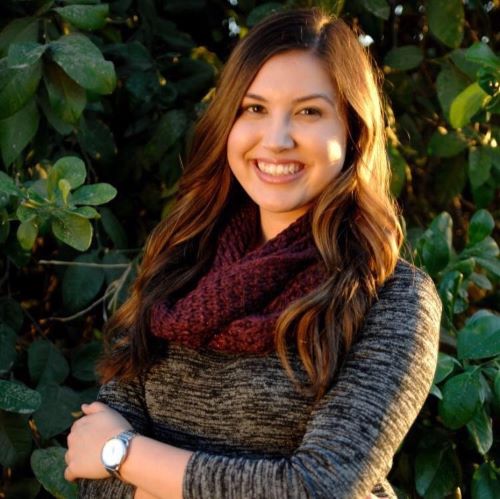Meet Your Students Where They Are
For students who have experienced trauma, meeting them where they are can mean much more. It can look different, because faces of trauma are varied. As you have learned in a previous tip, there are different types of trauma. Trauma can involve a serious one-time event (i.e. surviving a natural disaster or car accident, witnessing a shooting) but more often, it is experienced repeatedly for children in their homes.
Just as traumatic events vary greatly, so are individuals responses to trauma. Factors such as age, culture, and previous experiences in and outside the classroom influence what a student needs. One student’s response to a traumatic event can look totally different from another student; some may experience significant negative effects while others can thrive, similar to what we discussed related to research on resilience. Students will have varied needs that are constantly evolving. What does this mean for you? It means teachers are tasked with continually adapting.
Meeting a student where they are can involve checking in on where they are when they walk through the door every morning. It might include making a referral to a school social worker or a behavioral health therapist. It could also involve ensuring that their basic needs such as food and clean clothes are met. Academic learning is hindered when a student walks into your room feeling agitated, upset, exhausted, angry, hungry, or tired. Managing these feelings or reactions sets the foundation to the learning process.
A kindergartner who comes in the morning agitated, cries easily, and disrupts her classmates, might need several moments in a space to calm down. She might even need to take a nap due to not being able to get the sleep she needed in her home. Although a high school student might appear disengaged and won’t complete his work, in actuality he carries a large responsibility at home as he takes care of his single parent and siblings. He might need someone to listen to him and show support before any progress on academics are made. Or, what about the middle school student who walks across town every day and shows up at your class an hour late? She arrives hungry and in the clothes she has been wearing for the last several days. In this case, the need for food, clean clothes, and consistent transportation may need to be addressed.
You might be thinking, how can one teacher possibly meet all the needs of their students? The answer is that you can’t.
As harsh as that sounds, classroom size, standardized testing, and various other factors can make it nearly impossible to meet the individualized needs of all your students. Part of building a trauma-sensitive framework for your classroom involves utilizing community resources and school support staff.
You can call in reinforcements and supports to help meet your students where they are. School social workers, counselors, behavior interventionists, and community agencies are just a few of the resources that can be support for your students. Knowing your school social worker, school counselor, or child's behavioral health therapist can help resolve student stressors, address safety and health needs in and out of the classroom, and help you create a safe and secure classroom. These supports are available to meet the needs of all students but teachers are often the first to be exposed.
As previously mentioned in building relationships with your students, there is not a one size fits all way when working with students who have been impacted by trauma. Teachers can rely on their own expertise as educators, adopt a trauma-sensitive framework in the classroom, and become familiar with the resources that help all students and their families meet basic needs, build resilience, and improve overall physical and mental health.
Your survival guide to teaching tip for today is: know and use your resources - it takes a village to care for the wonderful young people in our communities.
Take Action
Take a moment and do an evaluation on your knowledge of your resources. Do you know your school social worker or counselor? Are you aware of two local counseling agencies that serve your local community? Have you connected with you school nurse recently? If the answer to any of these questions in “no,” set out this week to meet and learn about the resources that you can lean on when your students are in need.
